Designated a Historic Landmark of Agricultural Engineering at Oakland Manor In 1876 Francis Morris Built Brick Silos in His Barn and Introduced the Practice of Making Corn Silage in the United States. His Further Experiments Developed the Use of Earthen Trenches and Thereby Significantly Contributed to the Development of American Agriculture Dedicated by Amercan Society of Agricultural Engineers 1976
1876
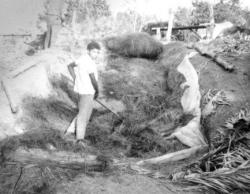
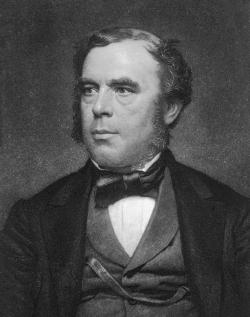
The American Chemical Society, the world’s largest scientific society, celebrated its 125th anniversary in 2001. Founded in 1876 in New York City, the Society now has 186 local sections in all 50 states, international chapters, and 32 technical divisions that bring together scientists with interests ranging from small business to environmental protection.
The text of the plaque commemorating the landmark reads:
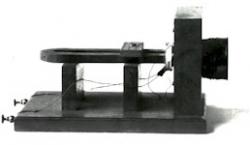
The first transmission of intelligible speech over electrical wires took place on 10 March 1876. Inventor Alexander Graham Bell called out to his assistant Thomas Watson, “Mr. Watson, come here! I want to see you.” This transmission took place in their attic laboratory located in a near here at 5 Exeter Place. A pioneer in the field of telecommunications, Alexander Graham Bell was born in 1847 in Edinburgh, Scotland. He moved to Ontario, and then to the United States, settling in Boston, before beginning his career as an inventor.
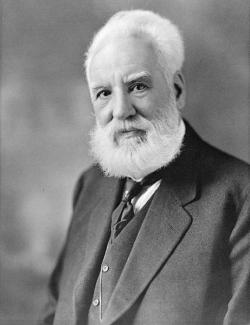
On 10 August 1876, Alexander Graham Bell demonstrated on this site that the human voice could be transmitted electrically over distance. While family members spoke into a transmitter in Brantford, 13 km away, Bell was able to hear them at a receiver located in Paris. This test convinced Bell that his invention could be used for communication between towns and could compete successfully with the telegraph.
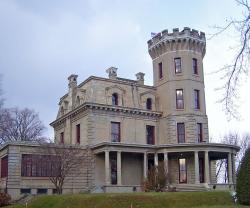
BrookRyeState: NYCountry: USAWebsite: http://www.asce.org/Project/Ward-House/Creator: Ward, William , Mook, Robert
It is a large, imposing structure (over a dozen rooms and spacious halls) dominated by a four-story octagonal tower at one corner and a second shorter square tower at another corner containing tanks for potable and fire-fighting water supply.
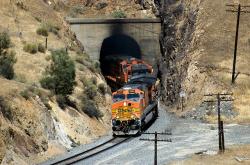
The Tehachapi Pass Railroad Line was cut through solid and decomposed granite by about 3,000 Chinese laborers using nothing more than picks, shovels, horse drawn carts, and blasting powder. This line, which rises from the San Joaquin Valley and through the Tehachapi Mountains, originally included 18 tunnels, ten bridges and several water towers to accommodate the steam locomotives. Completed in less than two years, it was part of the final line of the first railroad to connect San Francisco with Los Angeles.
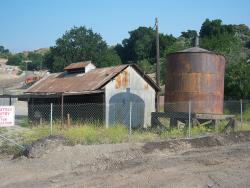
The economic situation in the whale oil business (for lighting), coupled with the increased demand for lubricants, stimulated growth in the U.S. petroleum industry. The drilling of the heavy, sulfurous, and asphaltic California crude began in the 1870s at the Pico Canyon area, using the apparatus and techniques from Titusville, Pennsylvania, developments.
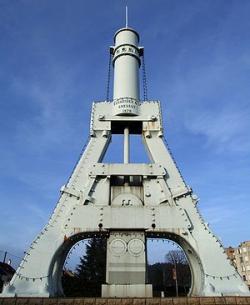
Innovations
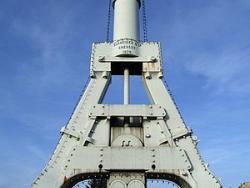
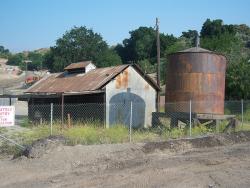
The economic situation in the whale oil business (for lighting), coupled with the increased demand for lubricants, stimulated growth in the U.S. petroleum industry. The drilling of the heavy, sulfurous, and asphaltic California crude began in the 1870s at the Pico Canyon area, using the…
Read More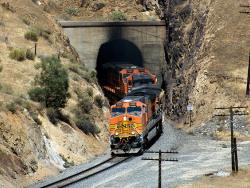
The Tehachapi Pass Railroad Line was cut through solid and decomposed granite by about 3,000 Chinese laborers using nothing more than picks, shovels, horse drawn carts, and blasting powder. This line, which rises from the San Joaquin Valley and through the Tehachapi Mountains, originally…
Read More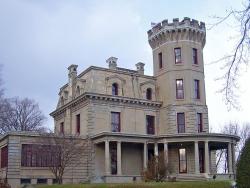
It is a large, imposing structure (over a dozen rooms and spacious halls) dominated by a four-story octagonal tower at one corner and a second shorter square tower at another corner containing tanks for potable and fire-fighting water supply.
The Ward House, named for its builder William…
Read More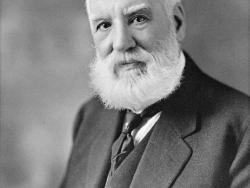
On 10 August 1876, Alexander Graham Bell demonstrated on this site that the human voice could be transmitted electrically over distance. While family members spoke into a transmitter in Brantford, 13 km away, Bell was able to hear them at a receiver located in Paris. This test convinced Bell…
Read More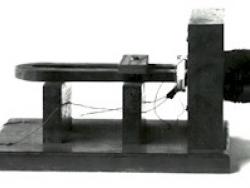
The first transmission of intelligible speech over electrical wires took place on 10 March 1876. Inventor Alexander Graham Bell called out to his assistant Thomas Watson, “Mr. Watson, come here! I want to see you.” This transmission took place in their attic laboratory located in a near here at…
Read More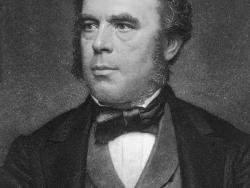
The American Chemical Society, the world’s largest scientific society, celebrated its 125th anniversary in 2001. Founded in 1876 in New York City, the Society now has 186 local sections in all 50 states, international chapters, and 32 technical divisions that bring together scientists with…
Read More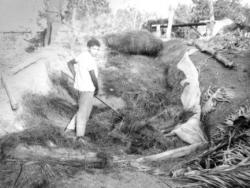
Designated a Historic Landmark of Agricultural Engineering at Oakland Manor In 1876 Francis Morris Built Brick Silos in His Barn and Introduced the Practice of Making Corn Silage in the United States. His Further Experiments Developed the Use of Earthen Trenches and Thereby Significantly…
Read More

